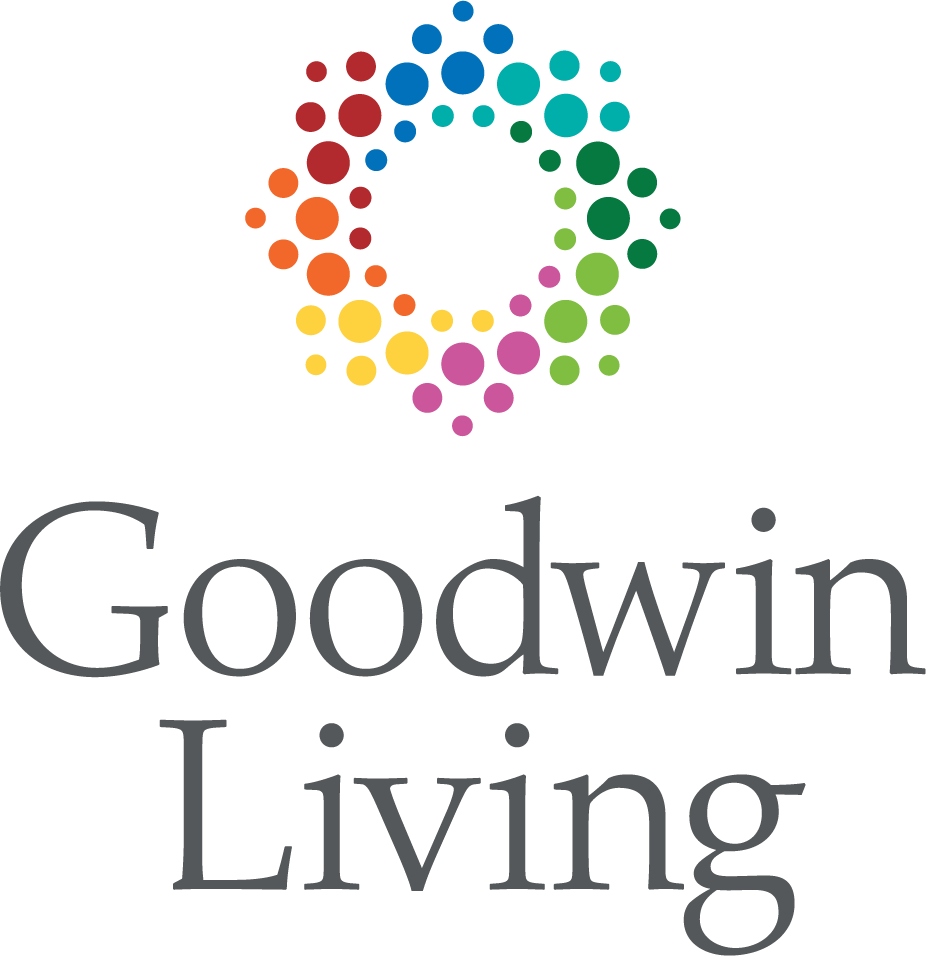HJ Sims Partners with Goodwin Living to Complete a $122 Million Cinderella Bank Refinancing, Lowers MADS by Nearly $2 Million
“We very much enjoyed working with the Sims team, they brought a very high level of expertise and executed our refinancing to achieve the goals of Goodwin Living, primarily to achieve debt service savings to invest in our team members and communities.”
– Xan Smith, CFO, Goodwin Living

Partnered Right®
Goodwin Living is a non-profit senior living organization located in northern Virginia that currently operates two life plan communities: Goodwin House Alexandria, located in Alexandria, Virginia, and Goodwin House Bailey’s Crossroads, located in Fairfax County. In aggregate, Goodwin Living has 591 independent living units, 95 assisted living units, 26 memory care units, and 149 skilled nursing beds within its Obligated Group, in addition to providing a number of home- and community-based services. The organization also anticipates acquiring The Hermitage of Northern Virginia, located across the street from Goodwin House Alexandria, in August 2022. Goodwin Living has served the northern Virginia region since 1967 and has become one of the premier senior living organizations in the area, maintaining a BBB+ (Fitch) credit rating.
Goodwin Living engaged HJ Sims in late 2021 to review refinancing opportunities for its outstanding Series 2015 and Series 2016A Bonds. Throughout the COVID-19 pandemic and recognizing the staffing-related challenges that permeate the industry, Goodwin Living has prioritized reinvestment in its staff. Refinancing existing debt provides an opportunity for Goodwin Living to offset a large portion of its additional staffing-related costs without compromising the quality of services provided to its residents.
Structured Right®
Goodwin Living’s outstanding Series 2015 and Series 2016A Bonds have call dates of October 2025 and October 2024, respectively. With the 2017 Tax Cuts and Jobs Act (TCJA) eliminating tax-exempt advance refundings, HJ Sims proposed a plan of finance that would utilize Cinderella Bonds, which would be taxable until the respective optional redemption dates. Thereafter, the bonds would convert to tax-exempt, ensuring that the refunding bonds would comply with the TCJA.
In addition to offsetting operating expenses, Goodwin Living had several goals it wanted to achieve through the refinancing:
- Lower maximum annual debt service to improve financial metrics and debt capacity
- Limit put risk/refinancing risk associated with bank debt
- Maintain capital structure flexibility as the organization grows
- Improve covenant structure
To achieve the above goals, HJ Sims led a bank solicitation process and received ten competitive term sheets from interested commercial banks. Due to the size of the two loans (combined total of $122 million), one bank would not be able to provide both refinancing loans. Based on the term sheets, HJ Sims generated several scenarios to assist Goodwin Living in determining the most effective refinancing structure that met the above goals. These scenarios ultimately showed that Truist Bank (“Truist”) and TD Bank (“TD”) proposed the terms that generated the best combination of providing for the greatest savings, lowest put risk, and most capital structure flexibility.
Substantial Economic Benefit: HJ Sims structured the debt to be interest only during the taxable period of each loan. The lack of principal payments combined with the much lower interest rates on the refunding debt will generate significant up-front savings to assist with the current uncertain staffing and inflationary environment. HJ HJ Sims structured the interest only period to ensure that there were still substantial annual savings and a meaningful reduction in maximum annual debt service once principal began to amortize under each loan.
Put Risk: HJ Sims and Goodwin Living utilized Truist’s term sheet to structure a fully amortizing 20-year loan to refinance the Series 2016A Bonds, which had an original maturity in 2042. HJ Sims utilized TD’s term sheet to structure a loan that amortized through 2047 and contained a 15-year term to refinance the Series 2015 Bonds. The Series 2015 Bonds originally had a 2050 maturity, and HJ Sims proposed accelerating the amortization period by 3 years to 2047 to limit put risk under the TD Loan.
Capital Structure Flexibility: To maintain capital structure flexibility and allow for future debt restructuring as the organization grows, HJ Sims pushed for flexible prepayment terms during the bank solicitation process. TD provided a natural fixed-rate loan structure with the ability to redeem without penalty several years after conversion. The Truist loan would be swapped to limit interest rate exposure. Depending on market conditions at the time of a potential refinancing, a termination payment may be required.
Covenant Flexibility: HJ Sims and Goodwin Living pushed to modernize its existing covenant structure based on current market conditions. The days cash on hand (DCOH) covenant was reduced from 225 to 150. In addition, the organization also saw a reduction of the DCOH threshold to prevent an event of default in the event that its debt service coverage ratio fell below 1.00x.
Executed Right®
Recognizing the rising interest rate environment at the time, HJ Sims and the banking partners moved quickly following term sheet execution. Within five weeks after kicking off the refinancing, Goodwin Living locked-in the long-term interest rates for each refinancing. If Goodwin Living had waited until closing of the financing to lock in the interest rates, total savings during the commitment period would have been over $3 million less, or approximately $183,000 per year, as interest rates had risen by 20 to 25 bps in the weeks leading up to closing.
Financed Right®
On May 11, 2022, Goodwin Living closed on the $68,340,007 Series 2022A Bonds with Truist Bank and the $58,178,560 Series 2022B Bonds with TD Bank. The refinancing is expected to generate over $28.5 million in savings during the commitment period (or $1.14 million on average annually). Of the $28.5 million in savings, $6.3 million will be available in the next three years via the interest only period to assist with implementing the living wage. Maximum annual debt service is expected to decrease from $12.2 million to $10.3 million, which will improve financial metrics and generate additional debt capacity for any future projects.